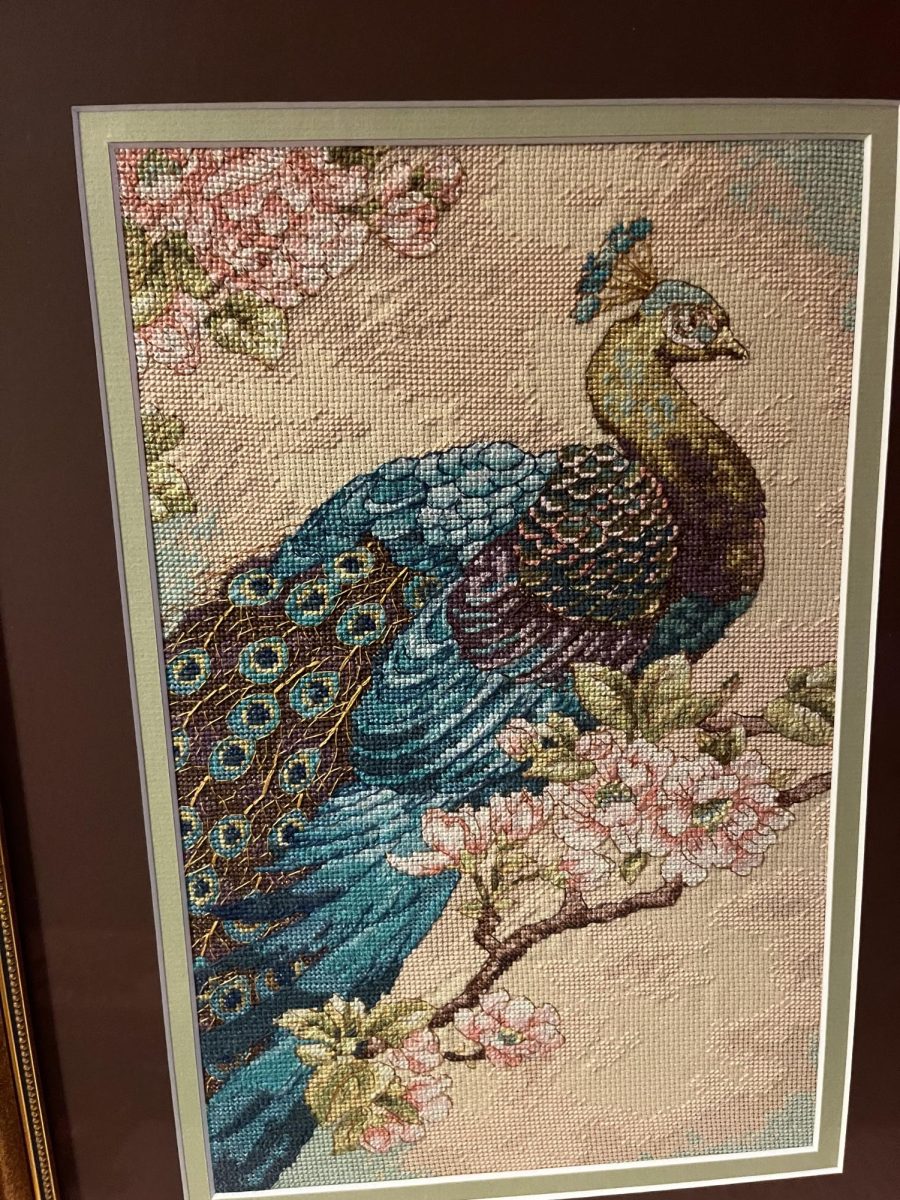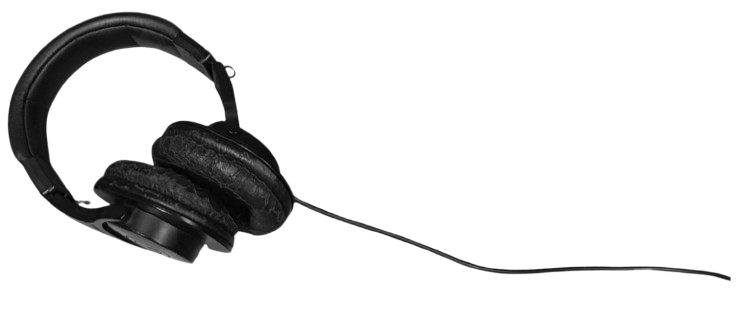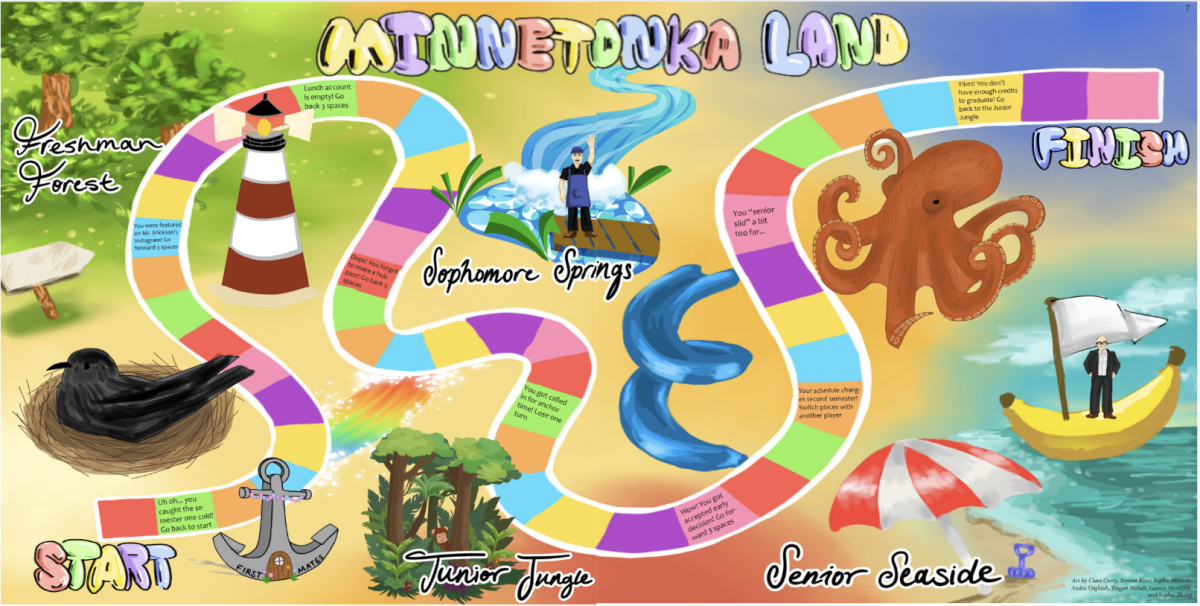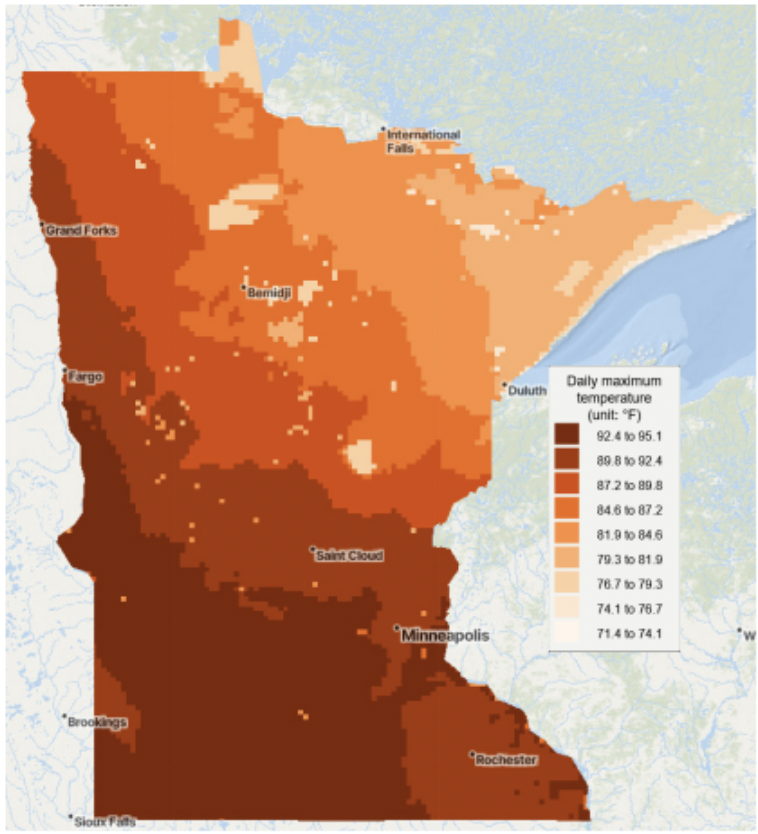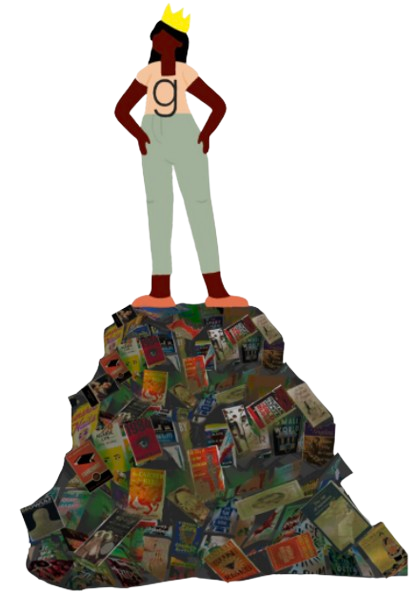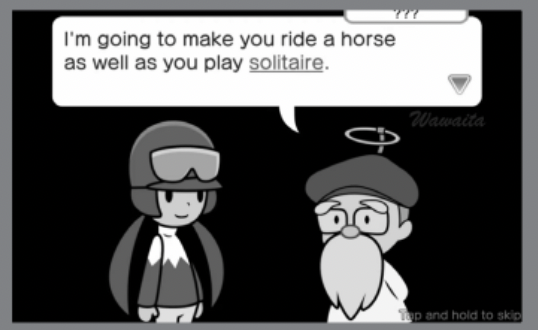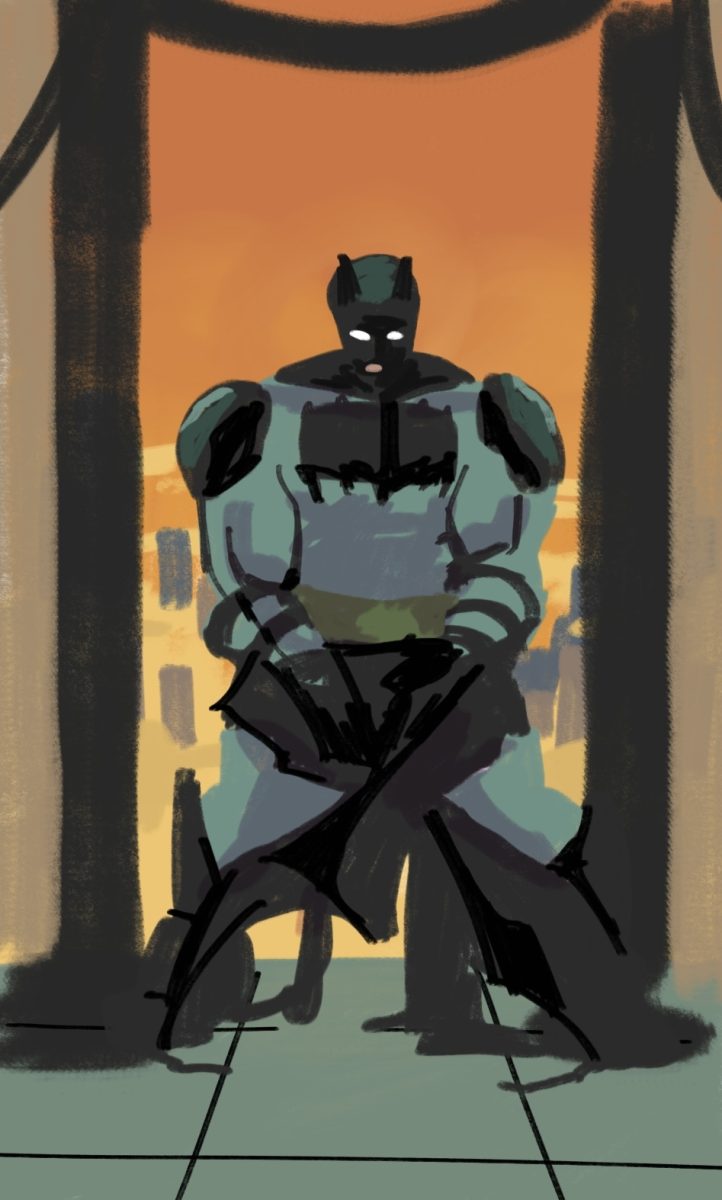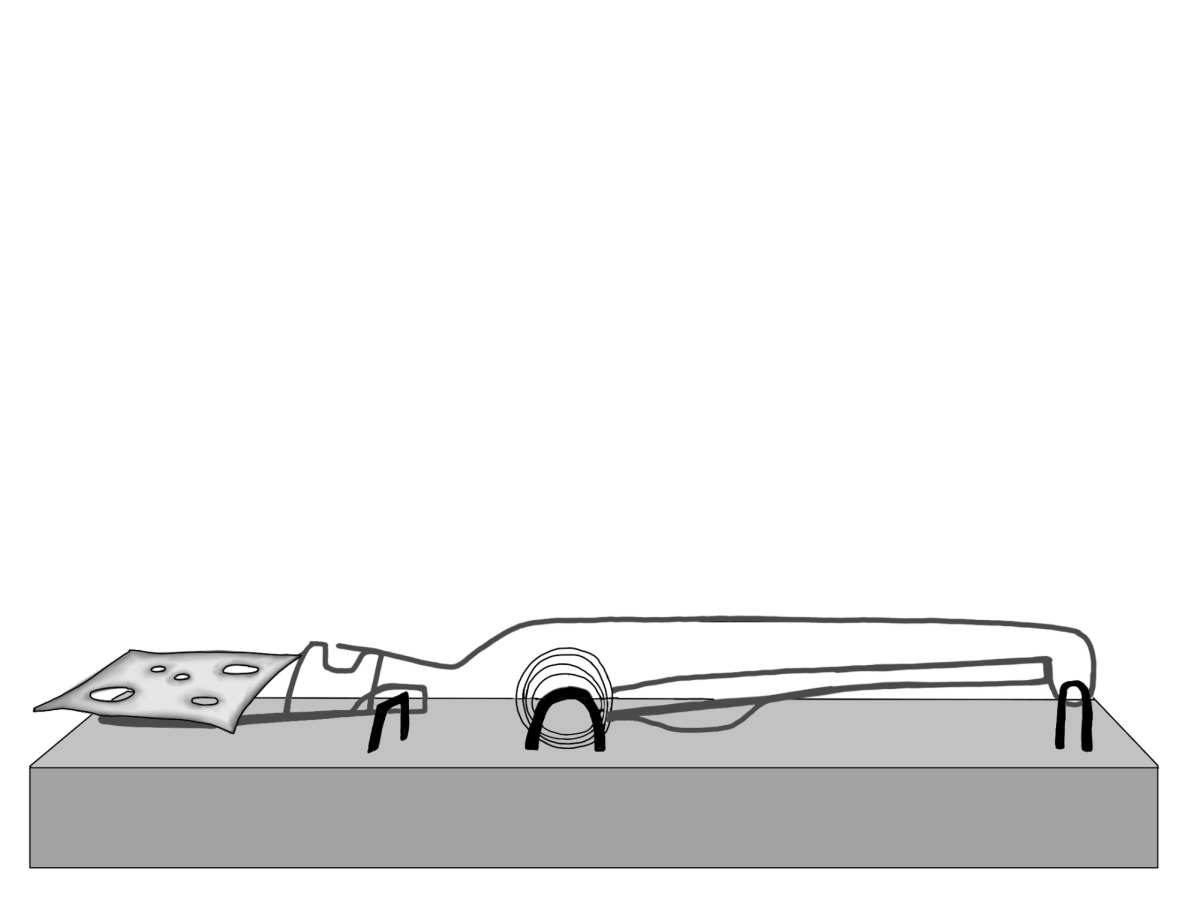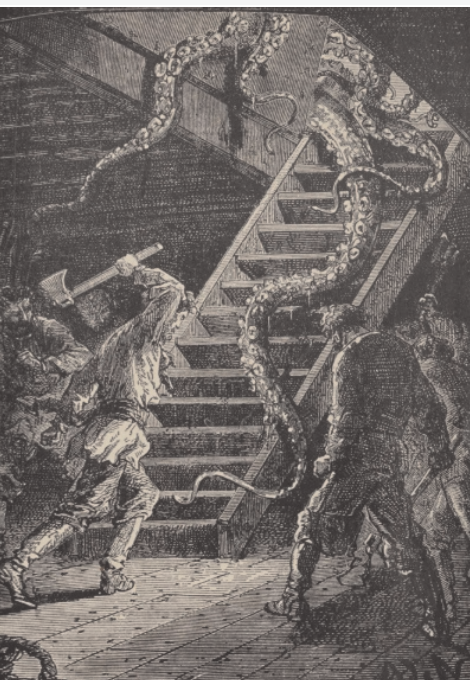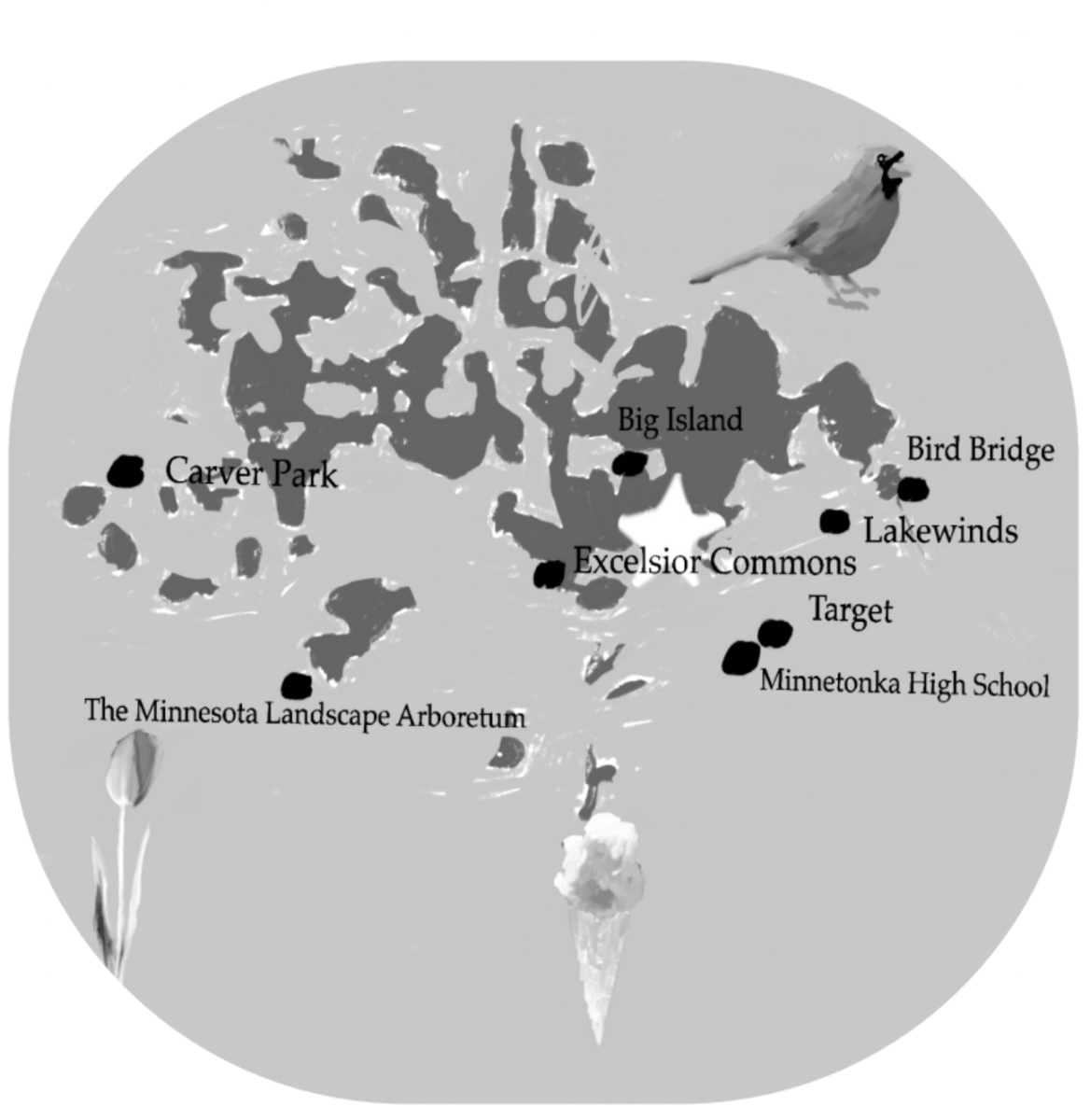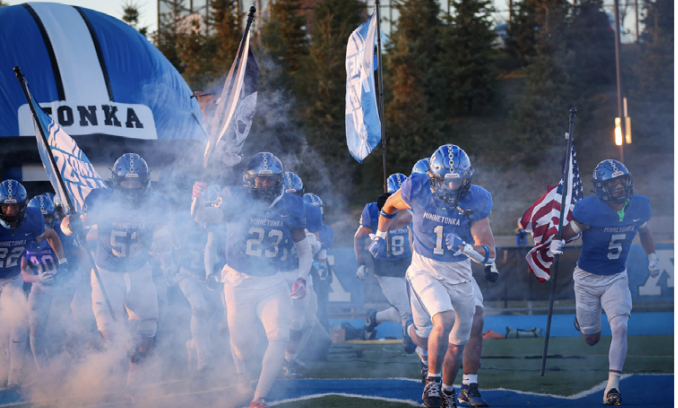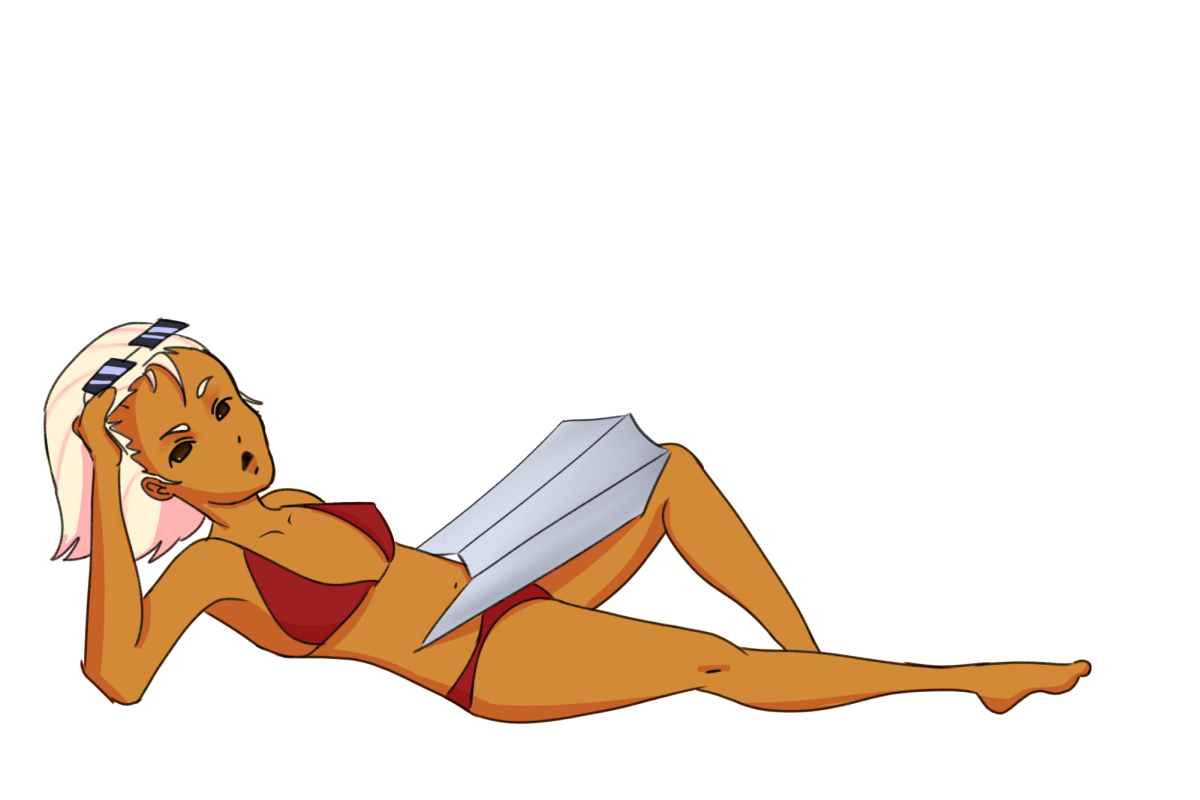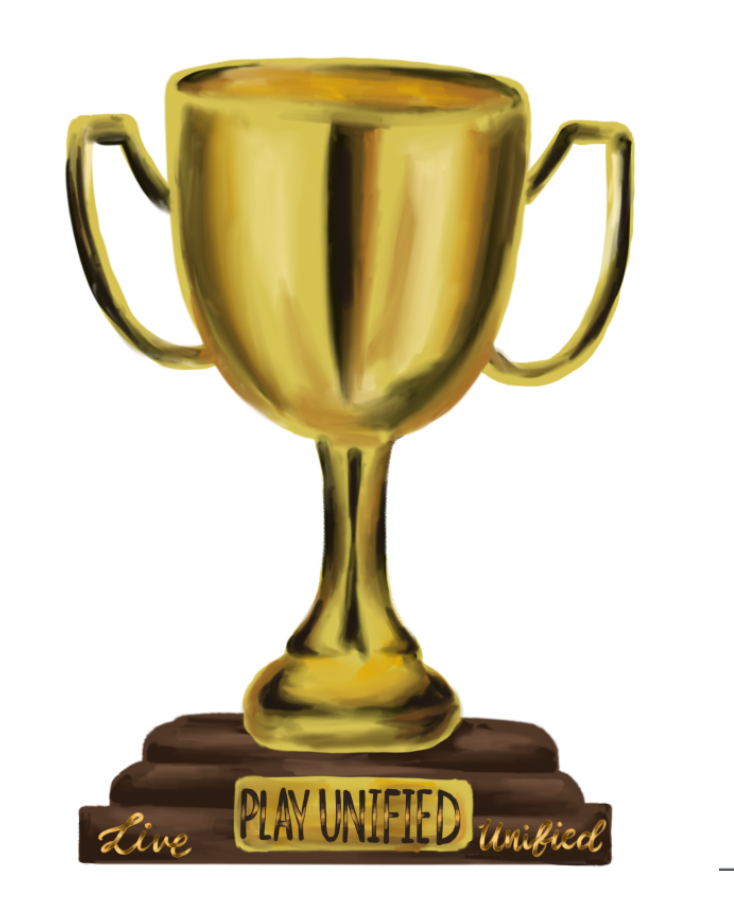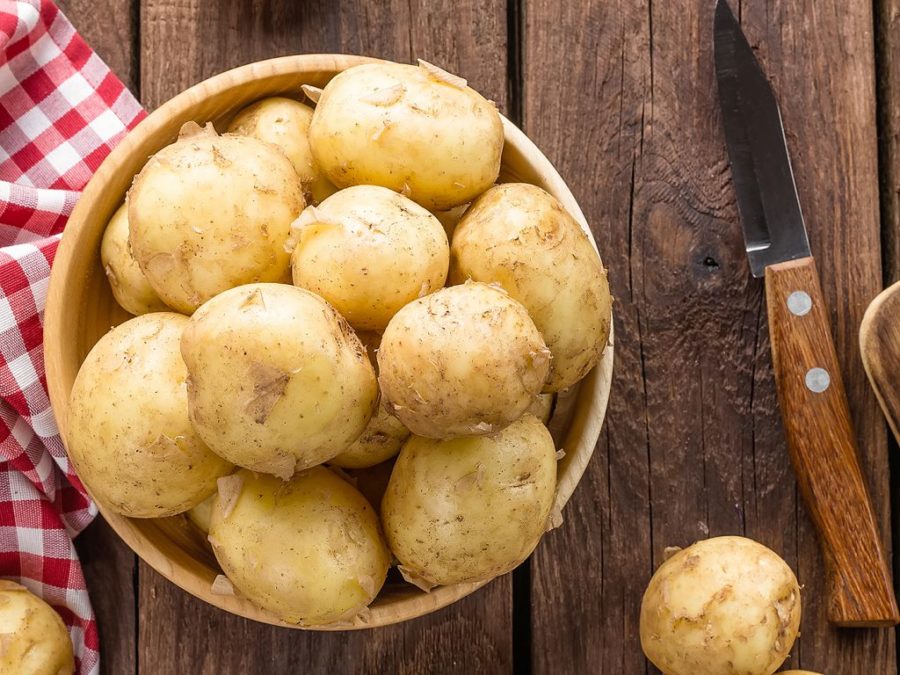The Infamous Potato: Its Spud-tacular History Has Tater Tot Us So Much
October 26, 2018
Everyone knows what a potato is. It’s a versatile food, but the potato has gone through thousands of years of trouble to end up on your lunch tray.
The potato was first cultivated in South America over seven thousand years ago, most likely by the Inca in Peru. The ancient Peruvians didn’t just consume potatoes, they also used them to treat injuries. According to an article by Potato USA, placing raw slices of potatoes on broken bones was thought to promote healing. People even put a slice of baked potato in a stocking, and then tied the contraption around their neck to attempt to ease a sore throat.
According to the History Magazine’s article “The Impact of the Potato” by Jeff Chapman, in 1532, Spanish conquistadors sailed to South America to find gold and other riches to bring back to Europe. They found a strange looking tuber and brought them back onto their ships. Eventually these potatoes were used as basic rations on their ships. After the potatoes were brought back to Spain in 1570, a small amount of farmers began to grow them as food for their livestock.
From Spain, the potato slowly spread to other parts of Europe during the 1500s. People in Europe did not treat the new vegetable with a warm welcome. In fact, they were suspicious and even feared the potatoes. Generally, Europeans believed they were not for humans to eat and even peasants didn’t eat the ugly, misshapen food. Some thought the potato was a creation of devils and witches because the potato plant somewhat resembles poisonous plants in the nightshade family.
Up until the 1700s, potatoes were almost exclusively fed to animals or even used as house plants. The upper class Europeans realized the potato’s true potential, so they started encouraging the lower classes to eat them. In England, potato recipes were published in newspapers. In France, potatoes got the royal seal of approval. Louis XVI started to wear a potato flower in his buttonhole and Marie Antoinette decorated her hair with potato blossoms.
Prussia’s Frederick the Great came up with an interesting scheme to trick his nation to eat potatoes. He planted a royal field of potatoes and designated a royal guard keep watch. Of course, this sparked the curiosity of the people, as they wondered why the plants were guarded. People began to steal the potatoes and grow them in their gardens.
Across the ocean, after the potato was introduced to America in 1620, Thomas Jefferson served them to his guests at the White House. He also can take credit for introducing French fries to the US.
As the European diet expanded to include potatoes, the continent’s birth rates rose. This caused a population explosion. According to Britannica article, “The Great Famine” written by Joel Mokyr, between 1780 and 1841, the Irish population doubled to eight million and this was only because of potatoes. The plant is easy to grow and gives high yields, even children can plant and cook them. Potatoes are high in nutrients, high in vitamin C, potassium and fiber. By the early 1840s, almost half of Ireland’s population depended on the potato plant for food.
Things were looking good in Ireland, but then the Great Famine, also known as the Irish Potato Famine, hit. The famine lasted from 1845-49 when the potato crops failed due to blight disease. Ireland’s almost 8.4 million inhabitants in 1844 fell to 6.6 million by 1851. Approximately one million people died from starvation or from famine related disease. During the famine, almost 2 million Irish migrated to other parts of the world. In 1921, the population of Ireland was barely half of the population that it was in the early 1840s.
The potato has not caused another famine since the 1800s, but they still remain one of the world’s top five most important crops, according to article “History of Potatoes” by Vegetable Facts. There are 200 types of potatoes sold in the US. Potatoes are commonly eaten all around the world. According to Montana State University, in 1995, potatoes became the first vegetable grown in space.
Overall, the potato has a long history, and people still consume potatoes everyday. There are nearly infinite ways for someone to make potatoes. There are obviously French fries (which are not from France), also known as chips in other parts in the world.
When interviewing Kaelin Hansen ‘22, she said that one can eat the best fries at McDonald’s. I also asked her how she likes her potatoes cooked. She enjoys them with “herbs and olive oil” while Chef Gordon Ramsay loves sautéed potatoes and says they are “beating chips any day”.
The potato is a simple food with a complicated history. It has caused many deaths in history but it has shaped the world we know today. Who knows what the potato could do for us in the future.

